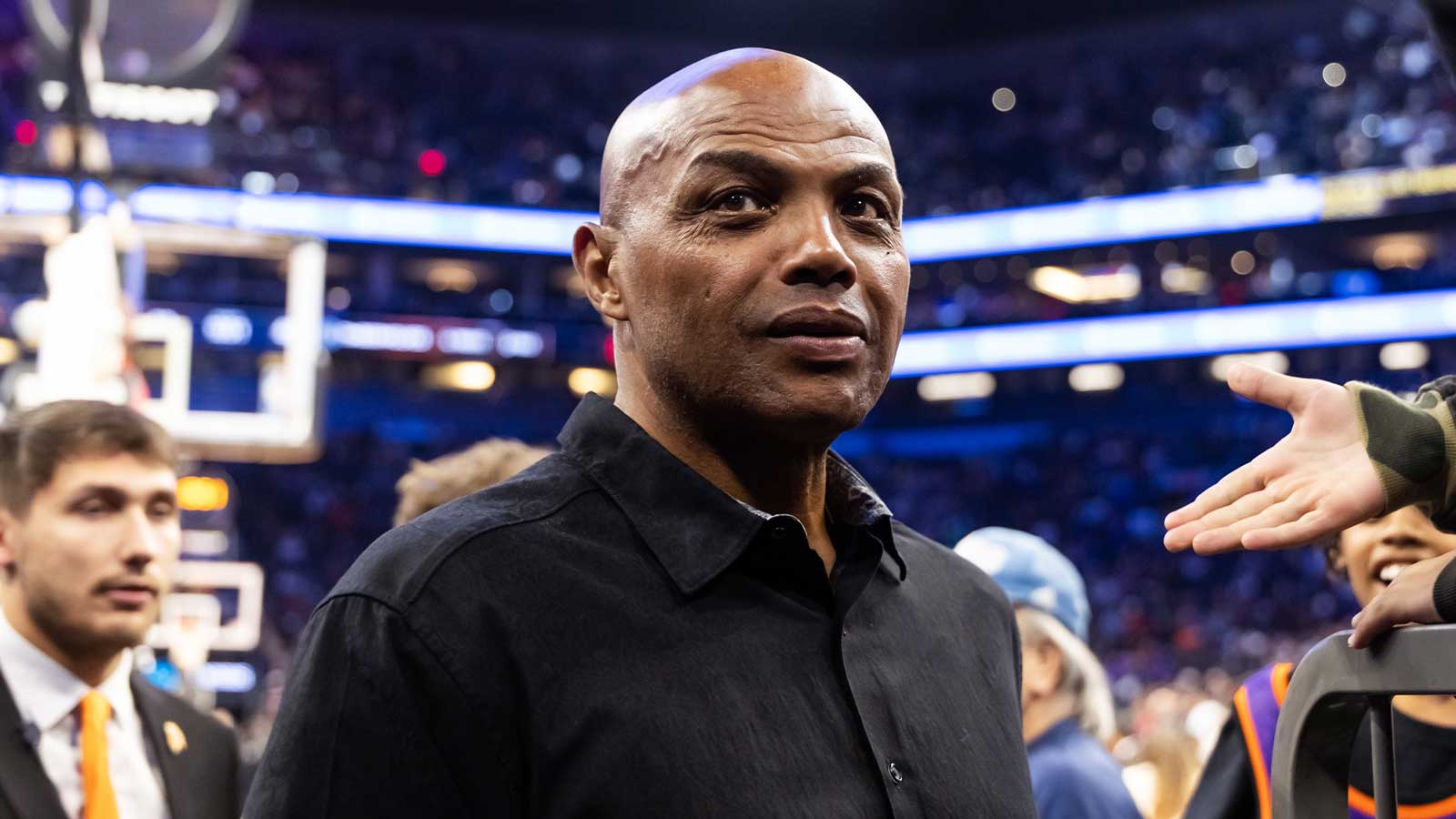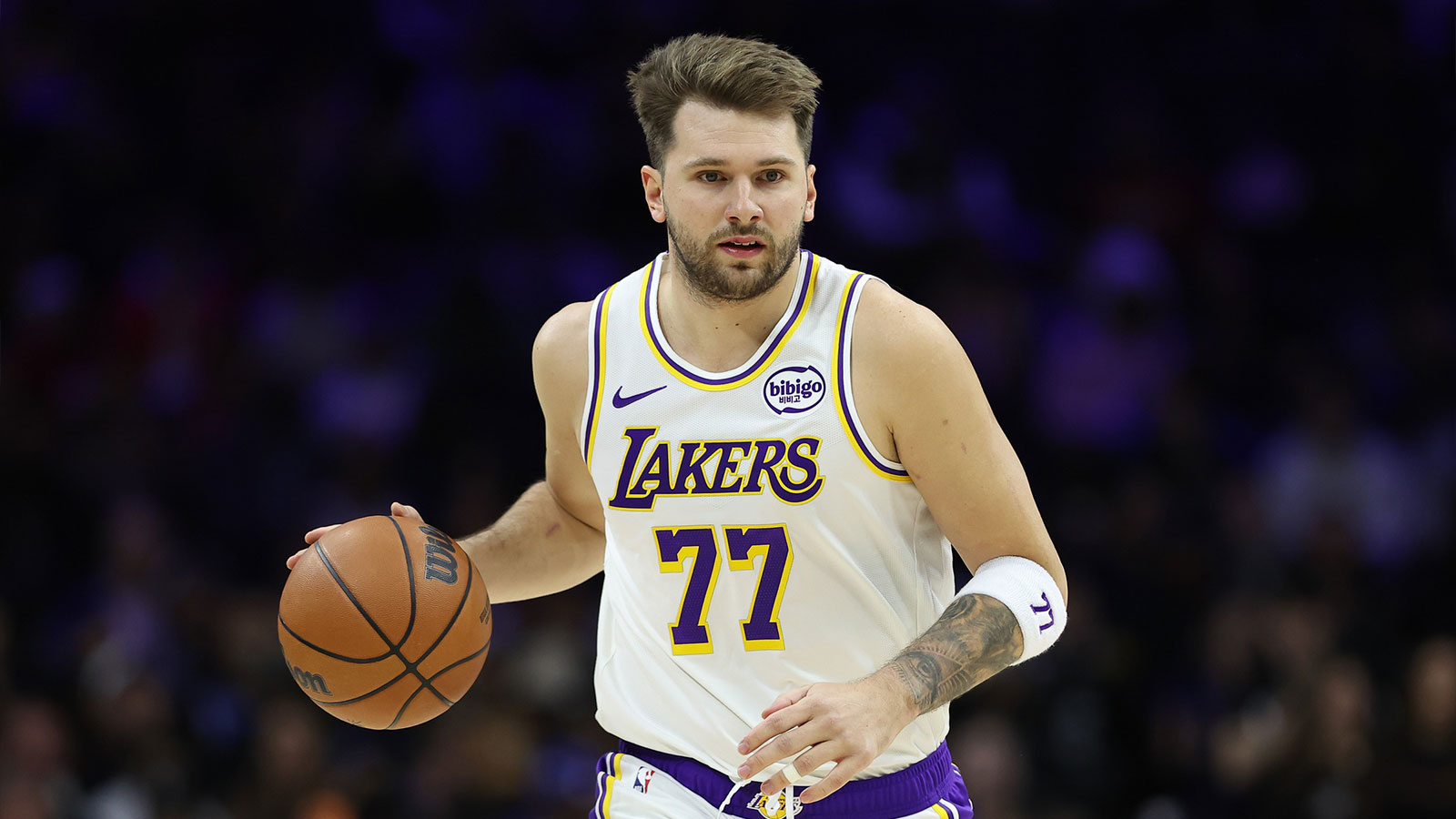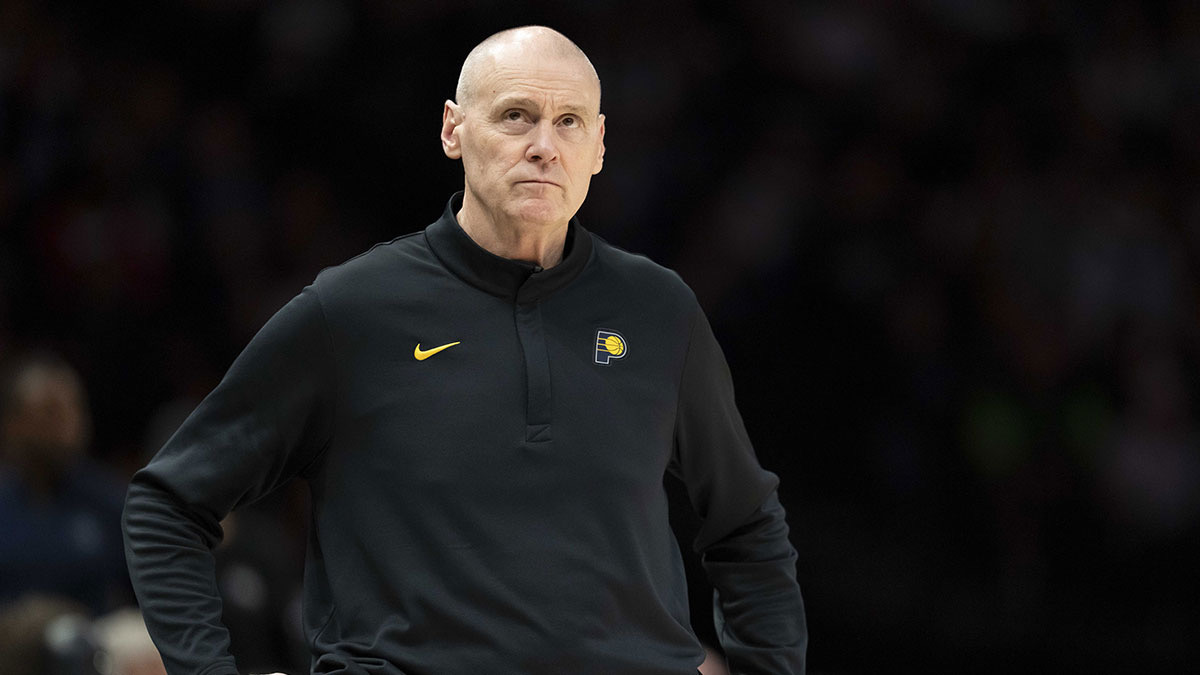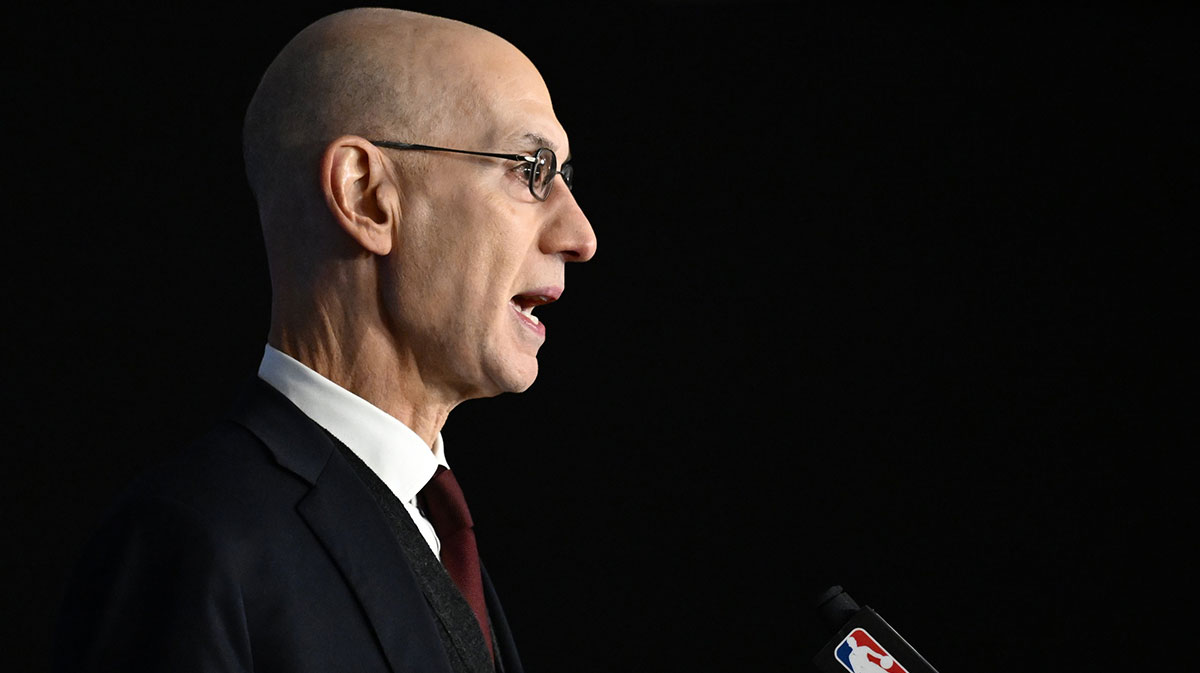Since its inception in 1951, the NBA All-Star Game has undergone various changes to its selection process and in-game format. With the 2020 iteration offering perhaps the biggest format changes to date, it's important to look back at the history and evolution of the annual event.
The brainchild of NBA President Maurice Podoloff, NBA Publicity Director Haskell Cohen and Boston Celtics owner Walter A. Brown, the NBA All-Star Game came at the perfect time in history.
At the time, college basketball was in the midst of a point-shaving scandal and fans were looking to the pros to fill their basketball needs.
Baseball, America's No. 1 sport at the time, had already done something similar, so it was time for the NBA to pit the league's best players against each other.
In the first All-Star Game, East defeated West by a score of 111-94. Celtics center Ed Macauley was named MVP, and the game drew in nearly triple the average attendance at the time.
Originally, the 11 players (would later increase to 12) from each side (five starters, five reserves and one alternate) were chosen without regard to position and were selected by various sportswriters throughout the country.
That format would stay relatively the same until recently. Position restrictions would eventually be implemented, but the the format was changed in 2013 to include two backcourt players and three frontcourt players.
Like today, the coaches with the best record in each conference were selected to coach each team — a decision that remained the same until the “Riley Rule” was implemented in the '90s after Los Angeles Lakers coach Pat Riley earned the Western Conference coaching nod eight seasons in a row.
Prior to 2017, All-Star starters were selected by a pure fan vote. However, after journeyman center Zaza Pachulia was almost selected as a starter, the league moved to a weighted voting process that weighs fan voting at 50 percent and player and media votes at 25 percent each.
A big change came in the 2018 NBA All-Star Game. Rather than splitting up players based on conference, the lead vote-getter in each conference would be named captain and those captains would choose from a pool of selected players regardless of conference.
Until this year, the in-game format remained more or less true to a traditional basketball game with four equal quarters.
This season, partly as an honor to the late Kobe Bryant, the league implemented a format called the Elam Ending.
In the new format, the first three quarters of the game would be individually scored, with the winner of each quarter earning $100,000 to the charity of their choice.
After that, the Elam Ending comes in. The scores of the three quarters are added up and rather than a set play clock, a specific target number is set for each team to reach.
For example, with Team Giannis winning 133-124 at the end of the three quarters, a set score of 157 was set and the first team to reach that marker would win. To get that set score, 24 points were added to the winning team's score to honor Kobe. Team LeBron won 157-155 on an Anthony Davis free throw, with Kawhi Leonard winning MVP.
Also, to honor Bryant and his 13-year-old daughter who died in a tragic helicopter crash in January, Team LeBron sported No. 2 (Gianna's basketball number) while Team Giannis wore No. 24.
The new format was suggested to the league by NBPA President Chris Paul. After initial skepticism, it was widely praised by both fans and players after a rousing debut.



















